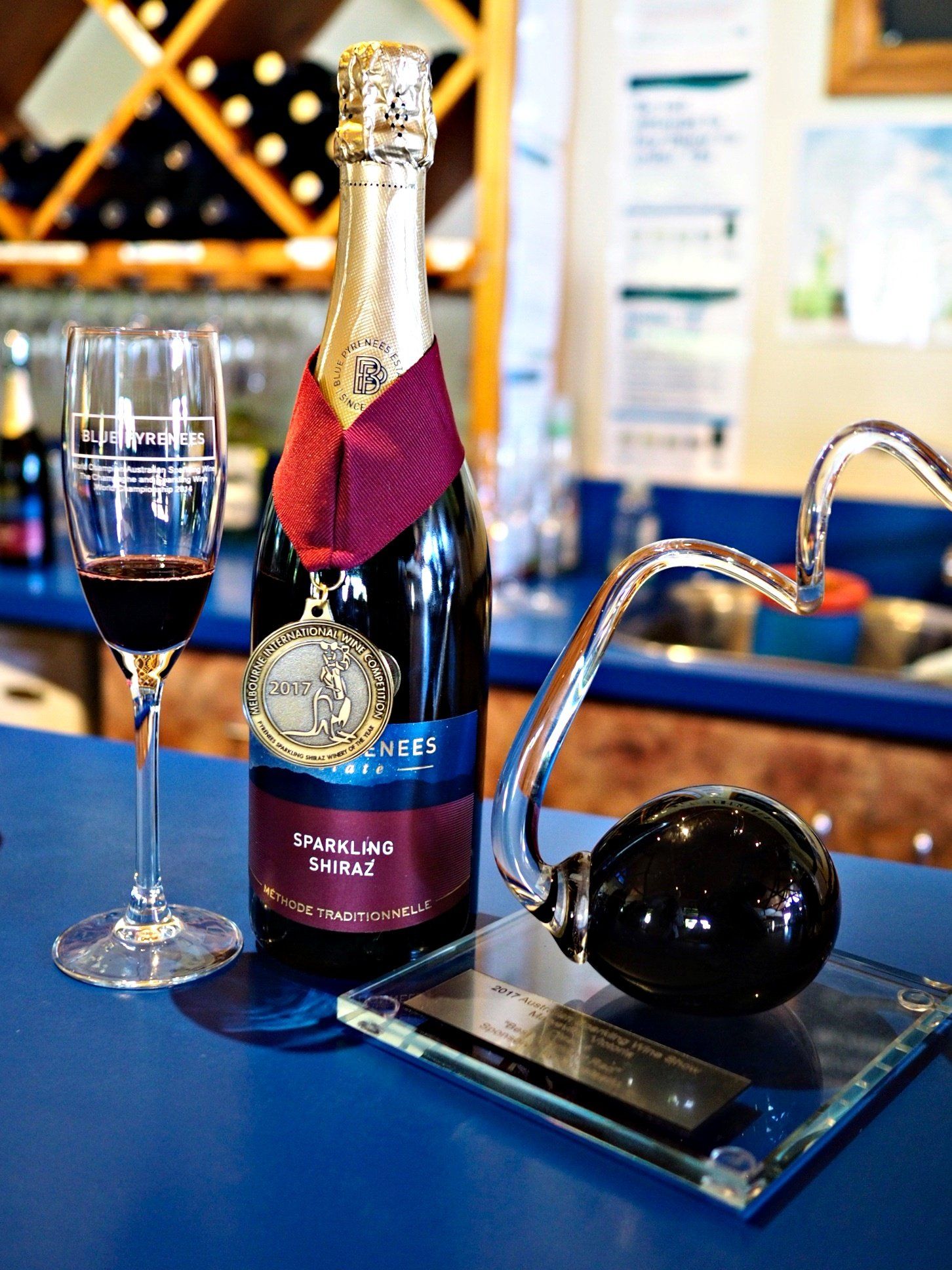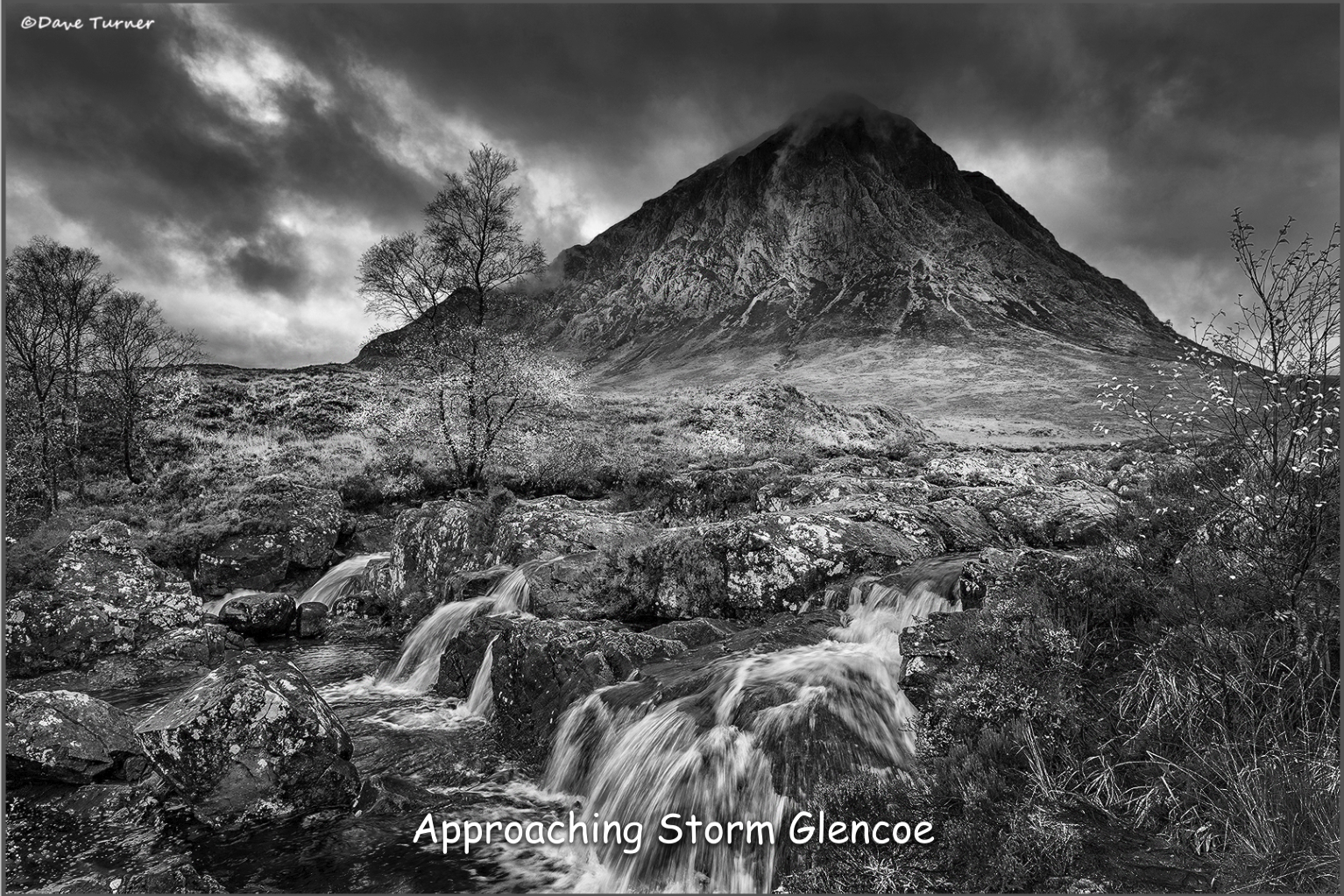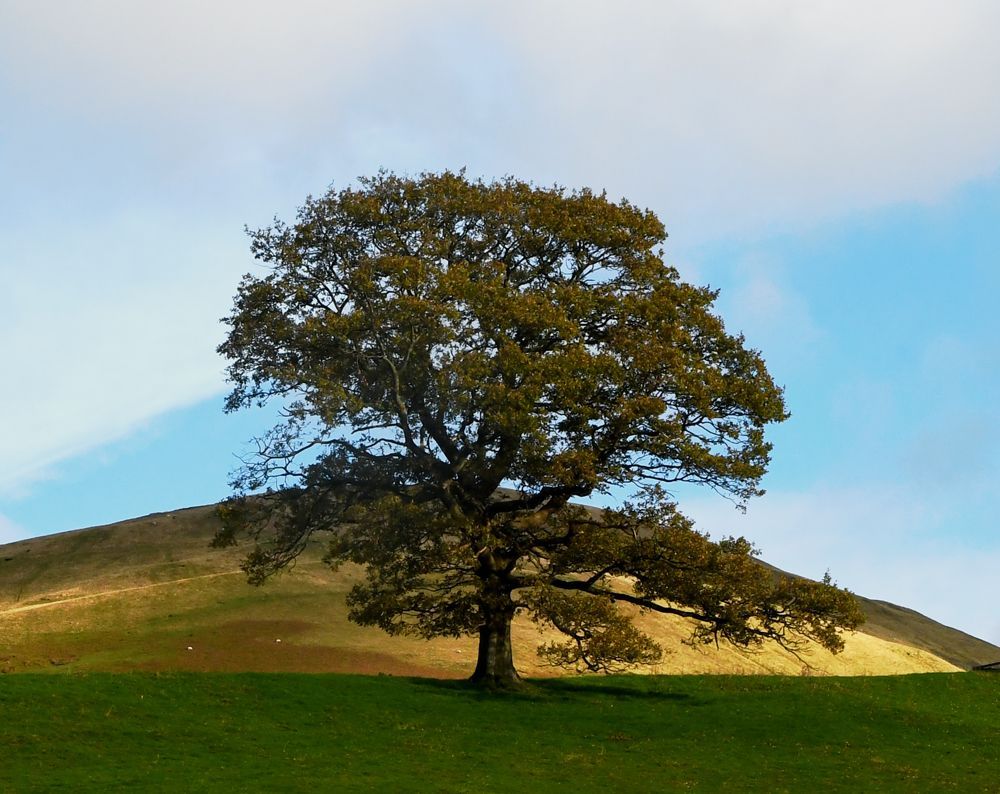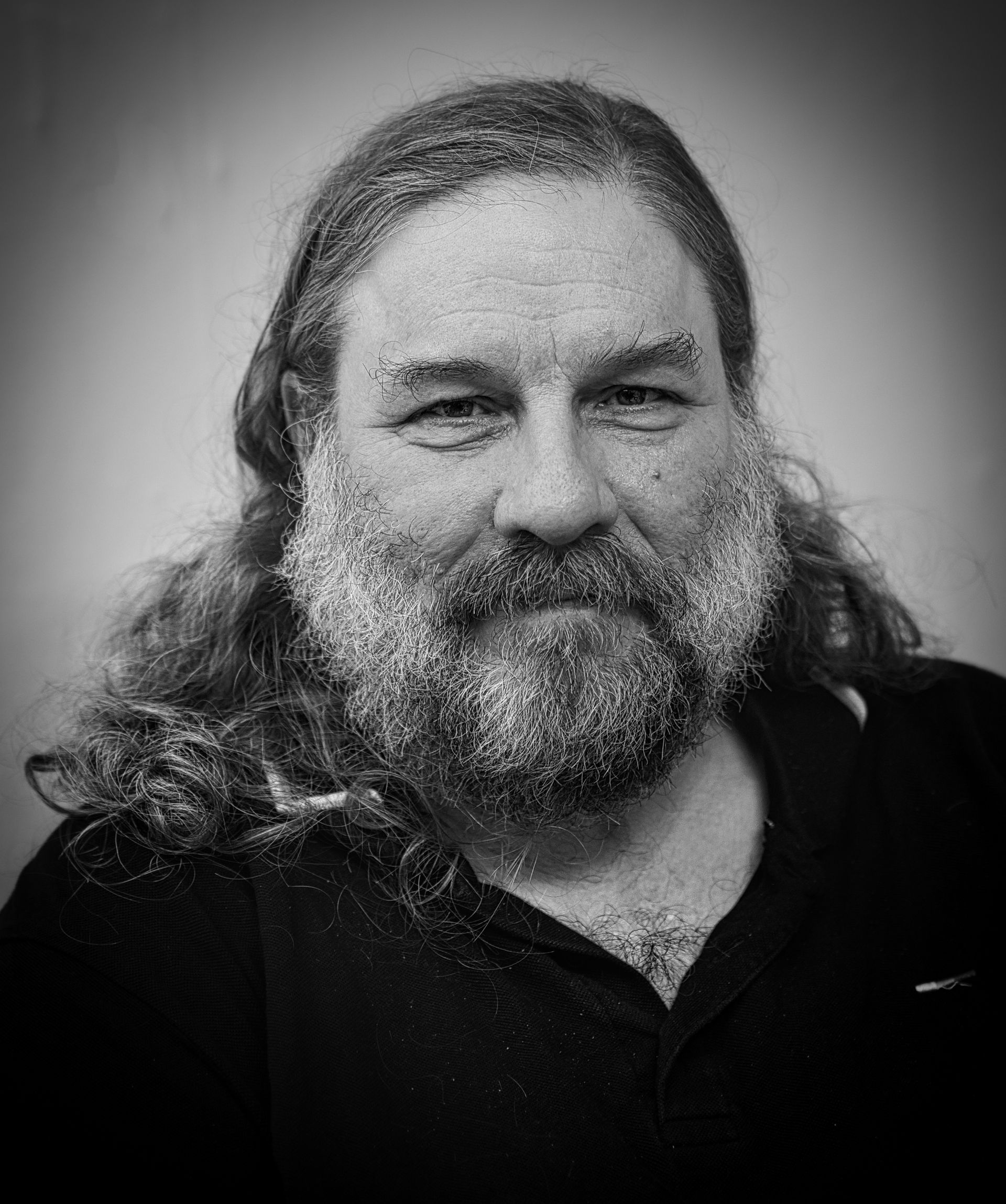5 Tips for Sharp Images
Derek Smith • 22 May 2020

5 Tips for Sharp Images
1. Shutter speed. Keep an eye on the shutter speed when taking your photo. Ideally the shutter speed should be at least the focal length of the lens, to avoid camera shake, so, a 50mm lens would require a minimum shutter speed of 1/50, and a 200mm lens 1/200. To maintain shutter speed, in Aperture priority keep the ISO as low as possible and adjust the aperture to balance. My Sony A7II has caught me out a couple of times, when using Auto ISO, as the shutter speed seems to remain at 1/60 no matter what lens was attached to the camera!!
2. Focusing, use a small focusing point, and position exactly onto the subject. Remember that there is roughly double the depth of field behind a focal point than there is in front. For portraits focus on the eyes, thus ensuring the nose is in focus, with the ears just beginning to soften focus. For landscape shots, focus a third of the way into the shot, rather than infinity (or horizon). For manual focusing use an in-camera aid such as magnification, or focus peaking to ensure pin sharp focusing.
3. Stop down the aperture. Most lenses have a “sweet spot” of sharpness, usually between f/4 – f/10. On a wide aperture lens of say f/1.8 stop down to f/2.8 for a sharper image, because the image corners may be soft, acceptable perhaps for a portrait, less so for landscapes which should use an aperture of between f/5.6 – f/14 for maximum sharpness corner to corner. Where possible avoid f/22 as most lenses are less sharp above f/16 because of diffraction of the light within the lens. Beware of using a lens at the extremities of performance, especially with zoom lenses, both with focal length, and aperture. As an example my Sony 18-135mm lens used at 18mm has severe vignetting, which is not seen with a JPEG straight from camera, as the in-camera correction worked well, however with processing RAW files, this would need to be corrected in the editing software on the computer.
4. Support. Hold the camera in both hands, with the eye pressed to the viewfinder, tuck both elbows in, and hold your breath as you press the shutter. Use a tripod, a bean bag on the ground, a lamppost, or a tree to steady the camera.
5. Camera settings. Turn off any noise reduction systems in the camera menus. Ensure that camera stabilisation is working. Some cameras have “In Body Image Stabilisation”, (IBIS), and other camera manufacturers stabilise the lenses, some manufacturers use a dual stabilised system, with stabilised lenses, and the body stabilisation working together. In practice IBIS tends to work well to a lens focal length of 100mm, and stabilised lenses are more effective at longer focal lengths. When hand holding the camera the difference when stabilisation is switched on is almost magical, gone are the jitters in the viewfinder, the steadiness is incredible, allowing slower shutter speeds in low light situations. When using the camera on a tripod, I would in general advise turning off the stabilisation.
The attached photo taken in an Australia winery was taken on a crop sensor camera, with a 35mm (equivalent) f/1.8 lens. I stopped down to f/2, 1/60, with ISO 1000 for a good shot in the low lighting conditions.
1. Shutter speed. Keep an eye on the shutter speed when taking your photo. Ideally the shutter speed should be at least the focal length of the lens, to avoid camera shake, so, a 50mm lens would require a minimum shutter speed of 1/50, and a 200mm lens 1/200. To maintain shutter speed, in Aperture priority keep the ISO as low as possible and adjust the aperture to balance. My Sony A7II has caught me out a couple of times, when using Auto ISO, as the shutter speed seems to remain at 1/60 no matter what lens was attached to the camera!!
2. Focusing, use a small focusing point, and position exactly onto the subject. Remember that there is roughly double the depth of field behind a focal point than there is in front. For portraits focus on the eyes, thus ensuring the nose is in focus, with the ears just beginning to soften focus. For landscape shots, focus a third of the way into the shot, rather than infinity (or horizon). For manual focusing use an in-camera aid such as magnification, or focus peaking to ensure pin sharp focusing.
3. Stop down the aperture. Most lenses have a “sweet spot” of sharpness, usually between f/4 – f/10. On a wide aperture lens of say f/1.8 stop down to f/2.8 for a sharper image, because the image corners may be soft, acceptable perhaps for a portrait, less so for landscapes which should use an aperture of between f/5.6 – f/14 for maximum sharpness corner to corner. Where possible avoid f/22 as most lenses are less sharp above f/16 because of diffraction of the light within the lens. Beware of using a lens at the extremities of performance, especially with zoom lenses, both with focal length, and aperture. As an example my Sony 18-135mm lens used at 18mm has severe vignetting, which is not seen with a JPEG straight from camera, as the in-camera correction worked well, however with processing RAW files, this would need to be corrected in the editing software on the computer.
4. Support. Hold the camera in both hands, with the eye pressed to the viewfinder, tuck both elbows in, and hold your breath as you press the shutter. Use a tripod, a bean bag on the ground, a lamppost, or a tree to steady the camera.
5. Camera settings. Turn off any noise reduction systems in the camera menus. Ensure that camera stabilisation is working. Some cameras have “In Body Image Stabilisation”, (IBIS), and other camera manufacturers stabilise the lenses, some manufacturers use a dual stabilised system, with stabilised lenses, and the body stabilisation working together. In practice IBIS tends to work well to a lens focal length of 100mm, and stabilised lenses are more effective at longer focal lengths. When hand holding the camera the difference when stabilisation is switched on is almost magical, gone are the jitters in the viewfinder, the steadiness is incredible, allowing slower shutter speeds in low light situations. When using the camera on a tripod, I would in general advise turning off the stabilisation.
The attached photo taken in an Australia winery was taken on a crop sensor camera, with a 35mm (equivalent) f/1.8 lens. I stopped down to f/2, 1/60, with ISO 1000 for a good shot in the low lighting conditions.
Louth Photographic Society

Last night members were treated to a showing of the LPA (Lincolnshire Photographic Association) Mono Group presentation. Three of our members, Dave Turner, Richard Hildred, and Chris Birchmore are members of the LPA Mono Group. Dave Turner excellently presented this showcase of the Mono Groups work, many of the images presented were stunning, and inspirational. A simple photo of a padlock on a gate took on a different dimension when presented in monochrome, and landscape photography becomes dramatic in monochrome, especially with a moody sky. It was a very interesting, and well attended evening. Thank you to Dave Turner for presenting, and Dave Mann for the refreshments.

Good Morning All Last week at the club we held a committee meeting, with all committee members in attendance. Harry will once again run the Christmas raffle on our buffet and quiz night, if any member wants to donate a prize, Harry can now accept them, obviously if it's a perishable prize then bringing it in on the night would be better. We are holding a 70th anniversary exhibition next year at the Louth Museum, if any member has local prints that they think may be suitable to put in the exhibition you can bring them to the club any time now. Derek has done a blog on the night with more information. This week, Wednesday 3rd December, we are viewing the LPA mono groups presentation, Dave Turner is a member of the group and will talk us through what the group do and if time allows show us some of his own mono prints. Don't forget to bring your prints along this week for the print competition, with the categories "People" and "Open", to be held the following week, email your titles to Dave Turner in advance please. Regards Graham

We held a Committee meeting last night in place of a regular meeting. The Committee meets twice a year to discuss items pertinent to effective, and smooth running of our Society. The Society celebrates 70 years of continuous operation next year, and we intend to show an exhibition of photographs taken over those years at the Louth Museum. The LPA Battles print competition will be held next year, and consists of 3 rounds held at photographic clubs throughout Lincolnshire, with a final round held at Nettleham. Louth has been drawn to meet with camera clubs in Grantham, and Axholme, and as you can understand this will entail a far amount of travelling. There is a proposal to the LPA which is currently under consideration which would reduce each club entry to 10 prints and for the whole competition to be held at Nettleham in 2027. Our current annual project is “Prime Time”, that is one photo for each month of the year taken with a fixed focal length lens, a prime lens, my choice for this year has been a 45mm lens, which is a full frame 90mm lens. Members show their annual project photos in the January of the following year. The Committee has decided on the project theme for next year as “Water”, which should give members a chance to demonstrate some creativity, as can be seen from the attached image. Our Christmas social event will be held on the 17th December, a buffet will be provided, there will be a quiz, and a raffle, the door entry charge will be £3 for the evening.

Good Morning All Last week at the club we held our PDI of the year, it was a well-attended event and thanks to Harry's organisation skills it all ran very well. Congratulations go to all the subject winners: Pictorial, Harry Kerman, Record, Dave Evans, Portrait, Derek Smith, Photojournalism, David Evans, Landscape, Dave Turner and Natural History, Graham Harrison. The overall winner was Harry Kerman. Well done Harry a great photograph of a White Cosmos. All the top three in each subject are on our website Competition page. Don't forget if you are entering the December print competition, with the categories of "People" and "Open" send your titles to Dave Turner please. The prints need bringing in a week on Wednesday. This week, Wednesday 26th November, we are holding a committee meeting, committee members only for this one please. For newer members we hold two committee meetings a year to organise events and the smooth running of the club. Regards Graham

Last night we held our PDIOTY (PDI of the Year) competition, our judge for the evening was Jorg Malinowski. These annual competitions are an opportunity for members to showcase their best images from the year, some of course from the monthly competitions, as such the competition entries were of an extremely high standard. Jorg performed an excellent job of judging the entries, and the results are all on the website Competition page. Congratulations to Harry Kerman for gaining the title of PDI of the Year with his White Cosmos image.

Good Morning All While we were away the other week we did have a walk around Blackpool. I only took my compact camera which I bought in 2011 but it still works ok and takes decent photographs. It is a Panasonic LX5 which fits in a pocket and is useful now and again. Last week we had mini lectures; photographs we had taken on this year's outings. Four members took part with Richard Hildred filling in with wedding photography from forty odd years ago, a very interesting look at how Richard went about photographing weddings, very different from today with far less photographs been taken. The outings did show we managed to photograph insects and birds on our walks around Red Hill and Rimac. I finished the evening with photographs taken in Somerset and Devon in 2020. This week, Wednesday 19th November, we hold our PDIOTY (PDI of the year) to be judged by Jorj Malinowski of Lincoln. It will be an evening of our best photography and we have just over fifty entries. The NEMPF exhibition acceptances have now been decided, well done to Dave Turner who had two accepted and I managed one acceptance myself. The standard for acceptance is very high, we had four members enter twenty nine PDI'S all together and only three acceptances . We had a lot of near misses, the score required was twelve and we had twelve elevens between us. You will see the exhibition at our club next year. Regards Graham

At our meeting last night members gave a series of mini lectures with 3 members showing images from the club outings to Red Hill, and Rimac. The meeting was completed by Richard Hildred showing some of his early slides. One of the principles of our Society is that we feature workshops, and outings into our annual programme, because the best way to learn photography is to work with other photographers to understand aperture, shutter speed, and ISO. In June at the Red Hill nature reserve the idea was to capture some macro images of the local insect life, and the orchids at this location. Laying, or kneeling in the grass to get close to the insects, or flowers, our members would begin to understand depth of field with using different apertures, each photographer will have his own method of achieving optimum exposure, and sharpness. Personally I tend to use aperture priority mode (A or Av on the mode dial), auto focus, and “rock” gently back and forwards to gain the focus on the subject. At Rimac, members had a lot more latitude to photograph some bird-life, or landscapes. These are some sample images from the Red Hill, and Rimac nature reserves.

Good Morning All A few more photographs from Sedbergh. Sedbergh has a tree that stands out, not quite as Sycamore gap was but on top of a hill with Crook Fell behind it. I did walk to the top of Crook Fell, got a bit wet but a dramatic sky. Last week at the club we had an excellent presentation from Mike Bennett LRPS DPAGB EFIAP BPE3* Mike showed us some of his latest photographs and as Derek's blog says, the sharpness and exposure accuracy of Mike's photographs was second to none. There is a full report on our blog. This week, Wednesday 12th November, we are holding a mini lecture night, camera club outings that we went to this year, which was Rimac and Red Hill. We have four members taking part plus Richard Hildred has offered to show us some more older transparencies. The four are Myself, Dave Turner, Chris and Paul Twomey. Don't forget to send your PDI of the year entries to Harry by midnight Wednesday (12th) Regards Graham

Our speaker last night was the highly talented Mike Bennett, he presented the club with some amazing photographs. For the first half of the presentation he showed many portraits, with the backgrounds skilfully changed, and several composited images. Included in this first half were many travel photos from Serbia, many of the buildings showing the scars of the civil war, photos from Budapest, and Austria. His wildlife photos of pelicans taken at Lake Kerkini in northern Greece were amazing, even though the weather wasn’t all that favourable, and that completed the first half of the evening. After the break, Mike showed us his wildlife photos from the game reserve in Eswatini, (bordering South Africa). The bird photos were very sharp, many of the species such as the Rollers, Vultures, and Ibis are only to be seen in Africa, Mike explained the four “F’s” of bird photography, Flying, Fighting, Feeding, and … yes you’ve guessed it being Friendly. Various other animals were shown, lions, crocodiles, rhino, elephants impala, and warthogs. It was interesting to see the extreme close-up photographs of the rhino, and elephants, as Mike explained those animals are big grey lumps, and sometimes a more interesting photo can be an extreme close-up detailing the skin texture. Mike related how their safari vehicle became held up by a herd of elephants on the track ahead, then a big bull elephant passed behind the vehicle close enough to touch, but of course the group of photographers had to sit absolutely still, until the herd of elephants passed. I was most struck by the photos of the cheetahs, with the photographers walking amongst them!! my favourite from this set was of the cheetah walking up the track pictured on a rise against the sky. The editing, sharpness, and colours from Mike’s photographs was very impressive, it was an extremely good presentation, many thanks Mike.

Good Morning All We have just got back from a week staying at Sedbergh, Cumbria. We had varied weather but not too much rain and some really good light for taking photographs. There is no shortage of water up there the rivers and waterfalls are flowing well. Last week at the club Harry Kerman gave a talk on one of his favourite subjects, flowers. I was not there but going by the blog Harry demonstrated how he goes about taking his photographs with some stunning photographs to show what can be done. This week, Wednesday 5th November, Mike Bennett from Cleethorpes will be our speaker, Mike likes to tell a story with his photographs and seeing some of his talks before it will be an excellent evening. Today, (Sunday) it is the LPA PDI club competition at Nettleham village hall near Lincoln. 1.30 pm for 2pm start. If you have nothing on this afternoon why not go along and see how we get on. The week after (12th November) we hold a series of mini lectures, with this year's club outings as the topic. If you would like to take part, email me please and I will see how many members want to take part. Harry is also taking entries for this year's PDI of the year, all the rules are on our website but any image that has not been in a PDI of the year before and there are six subjects with a maximum of six photographs in all. Closing date is 12th November. Regards Graham
